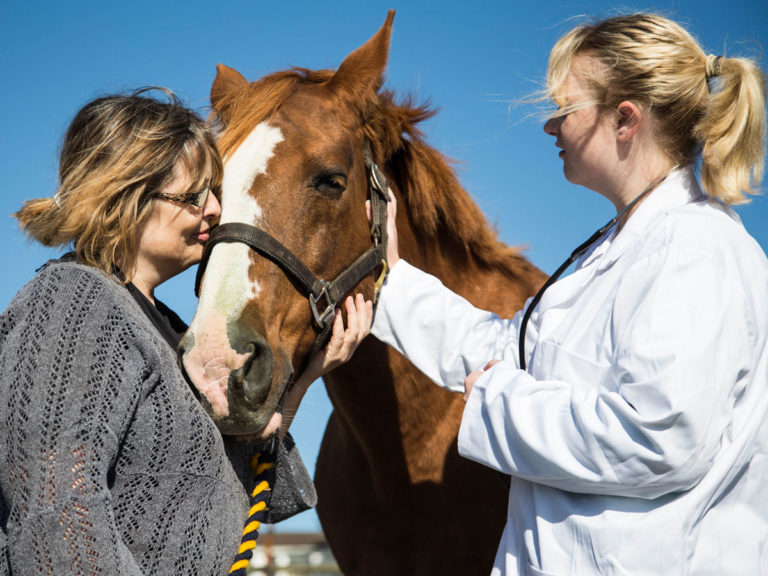
The aim of this cross-sectional study was to compare diagnoses, imaging details, and measurements of palmar/plantar osteochondral disease (POD) lesions between cone-beam (standing) computed tomography CT, fan-beam CT, and low-field magnetic resonance imaging (MRI) using macroscopic pathology as a gold standard in 35 cadaver limbs from 10 horses.
Forty-eight POD lesions were seen over 70 condyles. Compared with macroscopic examination the sensitivity and specificity of diagnosis were 95.8% (95% CI 88%–99%) and 63.6% (95% CI 43%–81%) for fan-beam CT; 85.4% (95% CI 74%–94%) and 81.8% (95% CI 63%–94%) for cone-beam CT; and 69.0% (95% CI = 54%–82%) and 71.4% (95% CI 46%–90%) for MRI. Inter-modality agreement on diagnosis was moderate between cone-beam CT and fan-beam CT (κ = 0.56, p < 0.001). POD was identified on CT as hypoattenuating lesions with surrounding hyperattenuation and on MRI as either T1W, T2*W, T2W, and STIR hyperintense lesions or T1W and T2*W heterogeneous hypointense lesions with surrounding hypointensity. Agreement on imaging details between cone-beam CT and fan-beam CT was substantial for subchondral irregularity (κ = 0.61, p < 0.001). Macroscopic POD width strongly correlated with MRI (r = 0.81, p < 0.001) and cone-beam CT (r = 0.79, p < 0.001) and moderately correlated with fan-beam CT (r = 0.69, p < 0.001). Macroscopic POD width was greater than all imaging modality (p < 0.001).
Bottom Line
All imaging modalities were able to detect POD lesions but underestimated lesion size. The CT systems were more sensitive, but the differing patterns of signal intensity may suggest that MRI can detect changes associated with POD pathological status or severity. The image features observed by cone-beam CT and fan-beam CT were similar.








